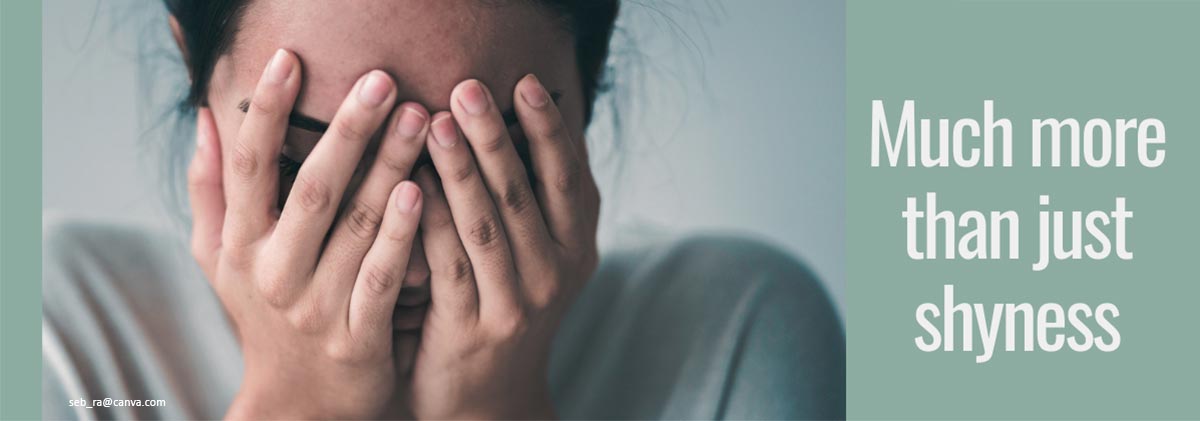
How to overcome Social Anxiety Disorder (SAD)
The good news first. You are not helpless in the face of social anxiety. For a good 5 years now, there has been a therapy with which it is possible to reduce social anxiety more and more, even without confrontation and without medication. What that is and what people with social anxiety disorder can do so that the first successes occur as quickly as possible, that’s what this blog article from the Institute for Modern Psychotherapy in Berlin is about.
Social anxiety disorder: An often underestimated anxiety disorder
Social anxiety disorder, also called social phobia, is probably the most underrated anxiety disorder in the world. According to the National Institute of Mental Health, approximately 15 million people in the United States alone suffer from social anxiety. Those who are not affected themselves can hardly appreciate how much suffering this anxiety disorder really causes.
People who suffer from social anxiety are not “just shy”. Going to a restaurant, attending parties or meeting acquaintances by chance on the street is all torture for sufferers. This is because the fear of suddenly being the center of attention, or worse, of embarrassing oneself, is extremely great. Social phobics then react with symptoms such as blushing, trembling, sweating or palpitations. And these physical symptoms intensify the more the perceived worry that other people might notice these signs and judge them negatively for it. This creates a vicious cycle of anxiety that triggers even more anxiety symptoms. These include speech inhibitions, difficulty swallowing, nausea, cramping and dizziness. In the end, there is downright panic that one could lose control of the situation or even faint.

Social anxiety leads to social isolation
Since the symptoms of a social phobia can all be extremely stressful, it is only too understandable that those affected want to protect themselves in this regard. That is why people with a strong social phobia withdraw from social life as much as possible. However, the high level of suffering experienced by social phobics often goes unnoticed. To outsiders, they are then seen as loners or introverts. In fact, however, those affected curse their illness and usually wish for nothing more than to be able to participate in social life without any worries. After all, it is not only self-esteem that suffers from social isolation.
Important:
The longer people struggle with social phobia, the greater the risk for other secondary disorders such as depression or addiction.
Therefore, it is important to do something about this anxiety disorder as soon as possible. Fortunately, today there are methods with which even long-time social phobics can overcome their anxiety disorder relatively quickly. What these are and which therapy measures social phobics should better do without, you will learn in the next paragraph.
Social anxiety disorder: Exposure Therapy and psychotropic drugs rarely help
Well-intentioned advice like “You have to face your fears, otherwise you’ll never get rid of them!” is a horror to people with a pronounced social phobia. Because that’s exactly what they’ve tried countless times without any real improvement.
It is true that social phobia can be overcome at an early stage by confronting the fear. However, the longer a sufferer suffers from it, the less often exposure therapy leads to the desired success. The situation is even worse for the treatment of social phobia with medication.
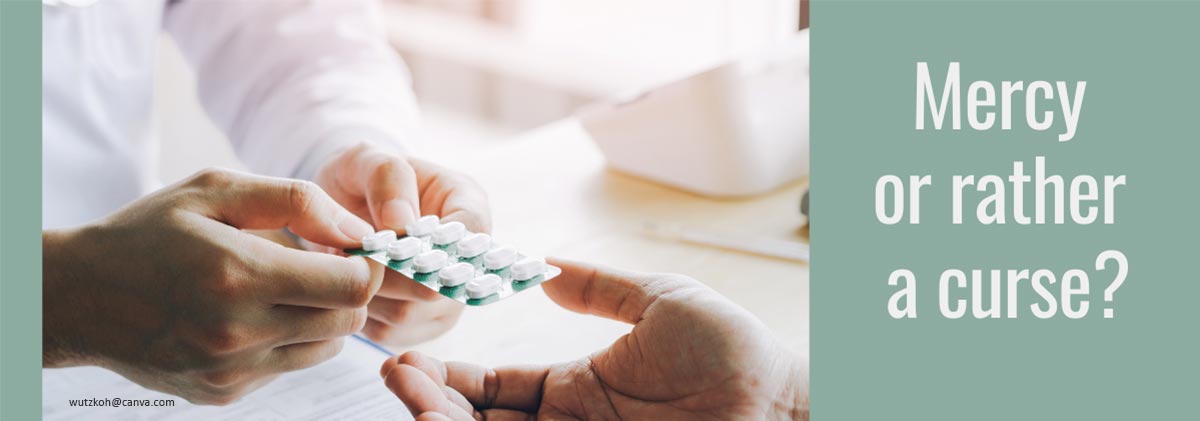
Medication for social phobia: little help but many side effects
You may now be thinking: Hardly any help, that can’t be! Unfortunately, the theory that anxiety disorders and depression are only caused by a chemical imbalance in the brain still persists in the public. Specifically, this is due to an alleged lack of the neurotransmitters serotonin and norepinephrine. With the help of antidepressants (so-called SSRIs and SNRIs), the level of these two neurotransmitters is supposed to be artificially increased again.
SSRI stands for Selective Serotonin Reuptake Inhibitors and SNRI for Serotonin-Norepinephrine Reuptake Inhibitors. Stupidly, these drugs can cause a lot of unpleasant side effects, but unfortunately hardly help better than placebos. This has been known since 2018 and can be read, for example, in the following article from the American Psychological Association.
Strictly speaking, it is still not known with certainty whether antidepressants do more harm than good on balance and how great the risk of dependence really is. In this respect, we stick to the testimonies of our patients, hundreds of whom have already gone through a veritable withdrawal hell when trying to discontinue antidepressants.
Many of the sometimes severe side effects that allegedly occur primarily at the beginning of treatment often return with full force when the medication is discontinued. Common side effects are: Dizziness, headache, nausea, diarrhea and (depending on the active ingredient) inner restlessness or extreme fatigue. Sexual dysfunction is also particularly common.
Good to know:
According to recent studies, 59 percent of all patients taking an SSRI-class antidepressant suffer from sexual dysfunction. According to many patients, these problems often persist for years after they stop taking the drug.
Tranquilizers: the extreme addictive potential of benzodiazepines
While experts are still arguing about the dependence potential of antidepressants, the situation with strong tranquilizers (benzodiazepines) is completely clear. When taken daily, these drugs lead to physical dependence after just 14 days.
Even though strong tranquilizers sometimes seem to be the only solution for social phobics to at least participate in social life from time to time, they are not a permanent solution. This is because only the anxiety symptoms are suppressed, while a real overcoming of the social phobia is missing.
Important note:
Please never stop benzodiazepines abruptly. Strong sedatives must always be phased out slowly and under medical supervision, otherwise significant withdrawal symptoms may occur.
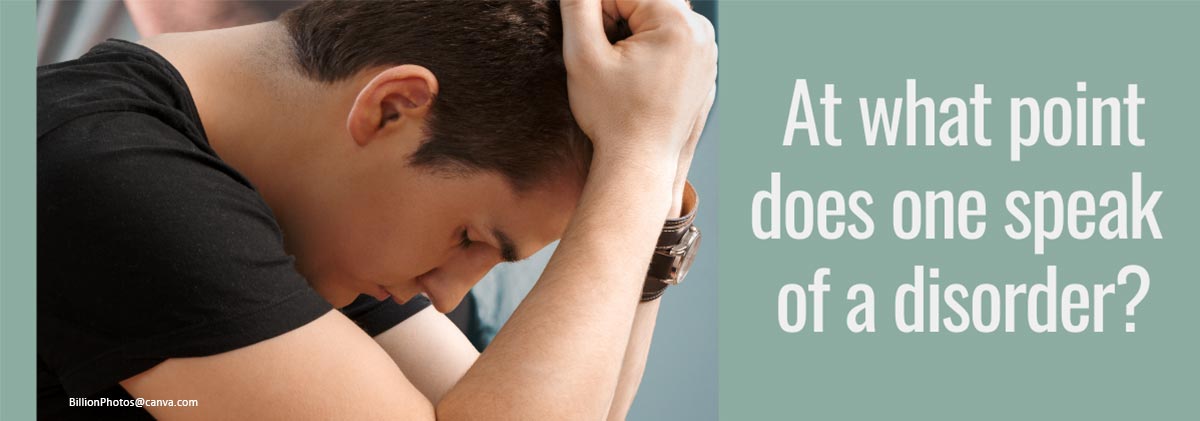
Social phobia: the fine line between shyness and fear
Sometimes it is difficult even for those affected to say what is still shyness and at what point one can already speak of an anxiety disorder. Let me explain this in more detail with the help of a case study:
About a year ago, a young woman booked online therapy with us who had been suffering from social anxiety for 18 years. It all started in kindergarten. A girl told her to bend down and put her hands through her legs and she would get something great. My patient, then 5 years old, just did it. Behind her was a boy she hadn’t noticed. He pulled on her hands in a flash. She did an involuntary somersault and landed on her bottom. She got a huge fright, but fortunately did not hurt herself. So there was hardly any question of a real traumatic experience. But the other children laughed and my patient felt somehow betrayed.
More episodes followed during her school days. She was called to the blackboard, had to give presentations or perform in physical education class. In these situations, she felt observed and worried about being judged as awkward or uncool by others. In one of these situations, she was unable to stop the negative thought carousel and suffered a panic attack. Worried that this might happen again, she gradually developed more and more pronounced avoidance behavior. She avoided talking in the presence of other classmates, eating or drinking together with them, or simply spending her free time with them.
With this strategy, she mastered her school years. However, it never occurred to her that she might be suffering from an anxiety disorder. Because like most social phobics, she had no problem being friends with one person. And she did have a best friend.
However, when she moved to another city to begin a course of study, the anxiety, and with it the avoidance behavior, continued to expand. By her mid-twenties, my patient had largely withdrawn from social life. She no longer participated in any leisure activities, and she had dropped out of her studies. As her everyday life became more and more gray and restricted and all the good things in life seemed unattainable for her, she decided to seek help and go to a psychotherapist. Here she got the diagnosis “social phobia”. After neither medication nor confrontation therapy could subsequently help her to reduce her social anxiety, she booked herself an online appointment with us at the Institute for Modern Psychotherapy to finally get rid of the problem.
Here, in just 4 sessions, she learned how to literally reprogram her brain. The method used was the same as the one you will find in our online video course “The Anxiety Cure”. By training 20 minutes a day with the 10-sentence method and the 5-channel technique, she was able to continue her studies after only 6 months. Another 4 months later, the social phobia was then overcome to such an extent that she was able to lead a completely normal life again, in which social encounters were not a reason for fear, but for joy.
Social phobia: 15 million sufferers in the United States
In the U.S., approximately 15 million people suffer from social phobia. Specifically, 8.0% of all adult women and 6.1% of all adult men are affected. But why does the topic of social anxiety nevertheless receive so little public attention?
Why so little is said about social phobias
It starts with the sufferers themselves. Many do not even know that they suffer from social phobia. Rather, many think their social withdrawal behavior has to do with certain personality factors. That they suffer from extreme shyness and that it is a character trait that one cannot change oneself. It often takes years or even decades for those affected to admit to themselves that they need help. And the fear of not being understood by others always resonates.
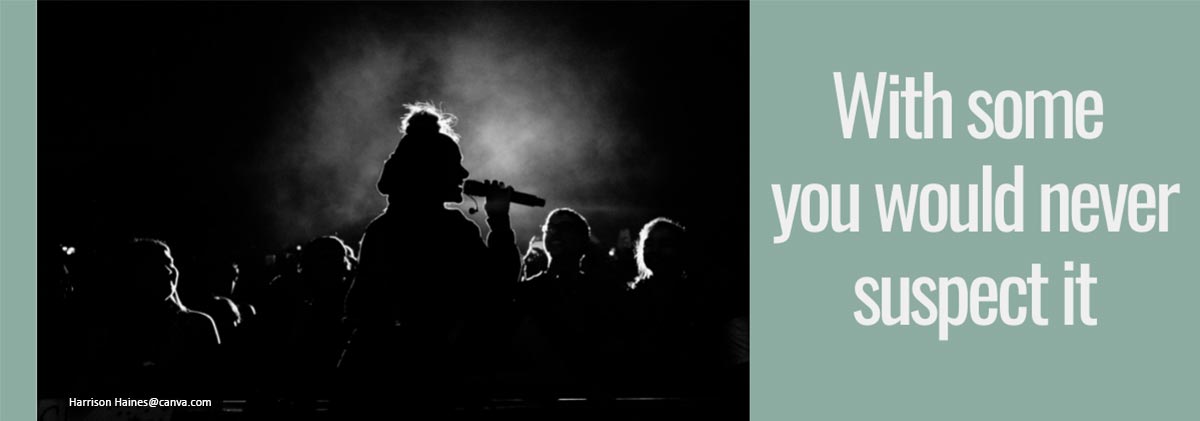
Famous people with social anxiety
Although you may find it hard to imagine, even celebrities join the ranks of social phobics and often don’t talk about their feelings of anxiety until years later. But some don’t talk about it at all, like South Pole explorer Robert Scott. He confided in his diary that he was less afraid of crossing a crevasse than of speaking in front of an audience. On festive occasions, he is also said to have taken tranquilizers because he had difficulty socializing even with his family.
The singer and actress Barbra Streisand also revealed to her audience very late that she suffered from a severe social phobia. After forgetting a few words of a song at a concert in Central Park in New York, she was so tormented by the fear of embarrassing herself that she stopped performing in public for 20 years.
Marilyn Monroe was also diagnosed with severe social phobia, and even such an extroverted personality as Freddy Mercury was rather shy when he wasn’t on stage. So you see that even the most extreme form of confrontation, namely performing in front of tens of thousands of people, is not necessarily a guarantee that one will become immune to social anxiety.
With social phobias, there is often a key experience
As with Barbra Streisand, social phobia usually begins with a single event. Many sufferers have a key experience in childhood or adolescence, which then gradually develops into a social phobia or even a panic disorder. However, only very few people who have been teased or publicly humiliated in their younger years develop a social phobia. So there must be other factors that promote this anxiety disorder. Different therapies sometimes come up with very different explanations as to the possible causes of a social phobia. Yet there is a much more important question that those affected should clarify: “How do you get rid of a social anxiety disorder quickly and, above all, permanently?” And this is exactly the question we would like to answer for you now.
Social anxiety disorder: these therapies help best
First things first. It is possible to completely overcome social anxiety. Parts of Cognitive Behavioral Therapy (CBT), Solution-Focused Brief Therapy (SFBT), and some elements of Acceptance-Commitment Therapy (ACT) are considered promising. Fortunately, you don’t have to pick and choose what works best for social phobia from each therapy approach.
In our online video course “The Anxiety Cure” we have already summarized the most effective elements for you. Further valuable tools from Systemic Therapy, hypnotherapy and brain research round off the therapy concept. As a result, the first therapy successes often occur after just a few days.
Best of all, you don’t have to wait forever for a therapy slot. Without exposure therapy, without digging into your childhood, and without psychiatric drugs, you can start overcoming your social anxiety disorder right now. Because the first 3 episodes of our video course are free.
This is how social phobia is diagnosed
If sufferers muster the courage to go to the doctor, a general examination will be carried out first. If there are no physical causes behind the anxiety symptoms, the doctor will try to find out whether and to what extent a social phobia is present by asking a series of test questions. Often, patients are asked to rate their anxiety in various social contact situations on a scale of 0 to 100. Questions like these are used:
- How afraid are you of asking for directions on the street?
- How afraid are you of sitting down at a table with a stranger in a café?
- How afraid are you of accidentally running into someone you know?
- How strong is this fear in each case on a scale of 0 to 100?
The more often the fear is rated between 80 and 100, the more certain the diagnosis “social phobia” is. If this happens, those affected are often shocked at first, because many do not want to be labeled as “mentally ill”. Sooner or later, however, the hope that thanks to the diagnosis they can now actively do something about their fears often prevails.
What causes lead to the development of social phobia?
It is believed that various factors lead to the development of Social Anxiety Disorder (SAD), with the environment having the greatest influence. This involves the parent’s upbringing style, a lack of security during childhood, or even traumatic experiences that can trigger the anxiety disorder. Also discussed are the effects of social media as a cause of exaggerated self-perception and the fragility of real relationships.
So officially, there are a variety of possible triggers, but it often turns out that people become social phobics even when none of these triggers were present. This was exactly the case with our patient from the case study above. Her parents were neither isolated nor overprotective. And my patient also found her parenting style to be normal; it was neither authoritarian nor anxiety-provoking, and her social media consumption was limited to a few minutes a day. But then what was behind her social anxiety?
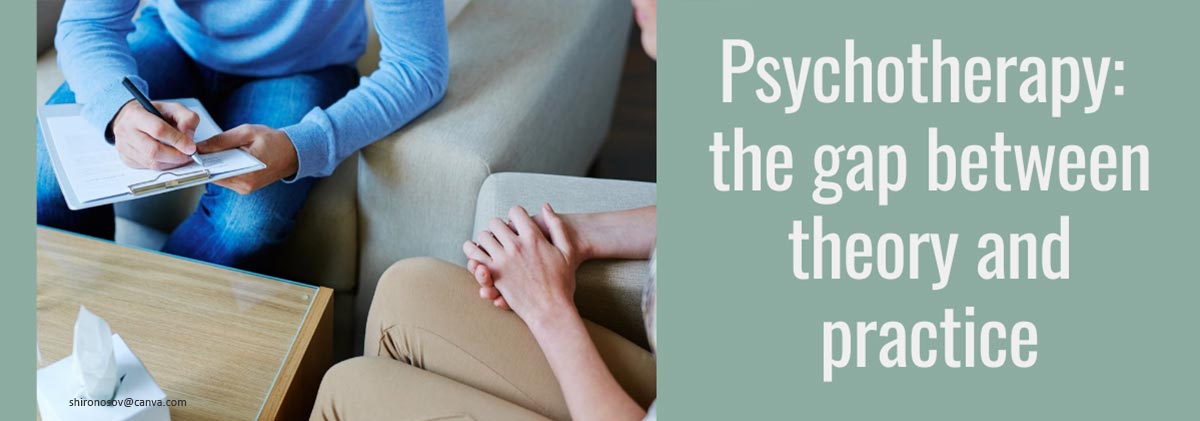
Psychotherapy: theory and reality
Before our patient, about whom we have already reported above, came to us, she had already undergone cognitive behavioral therapy. In therapy, she was shown that she cannot know what others really think about her. The therapist trained her to recognize anxiety-provoking thought patterns as unrealistic. She worked on her emotion regulation and tried to replace negative thoughts with realistic and more positive ones. She succeeded, but only at the mind level.
Therefore, in the second step of the therapy, she practiced role-playing social situations. She gave a speech in front of other therapy participants. Unfortunately, however, this exercise did not help her as much as she had thought. Subconsciously, she was aware the whole time that she was only giving a speech in front of a test audience. When the last phase of the therapy started, she was supposed to face her fears outside the practice and put herself in uncomfortable situations. But it was precisely this last step that did not work. By focusing on intentionally fearful situations, her physical symptoms did diminish. But as soon as she faced a comparable challenge in real life, the panic returned.
Since my patient was determined to resume her studies, she decided to undergo short-term psychodynamic therapy. She thought maybe she could get to the bottom of the anxiety disorder and get rid of it that way. But as described above, none of her childhood experiences justified the development of such a pronounced social phobia. She also could not find any unresolved conflicts in the parental home. After this therapy, she did understand that she had an excessive demand on herself and thus misjudged the reactions of other people. But this did not make her anxiety attacks any better. On the contrary. She found the feeling of talking about her fears paralyzing and stressful. This changed only when we used a special method to firmly anchor new, better fantasies in her brain.
Good to know:
In social phobia, it is not real threats that trigger the anxiety, but pure fantasies about what others might think about you. However, if pure fantasies can cause a real anxiety disorder, then there must also be fantasies with which this process can be reversed.
Targeting neuroplasticity to overcome social anxiety
The reason why many older therapy methods often do not bring the desired effect is that the neuroplasticity of the brain is often not adequately taken into account here. Let me briefly explain what this is all about. Our brain is incredibly adaptable. So are our muscles. If you only train your right upper arm with dumbbells, your biceps on your right arm will develop magnificently. Your left upper arm, on the other hand, will look thin and atrophied. The same is true of the approximately 86 billion nerve cells in our brain, which are connected to another 100 trillion synapses. This vast neural network is constantly firing off information. And like the road network of a city, the neuronal data paths that are most heavily used are expanded.
For example, if you decide to learn Italian, you will find it difficult to speak at first. But after a year of language training, you will probably be able to converse with an Italian without any problems. Your brain has figuratively developed the neuronal highway to Rome in the best possible way and eliminated all construction sites.
However, this principle works not only in a positive sense, but unfortunately also in a negative sense. If you have been suffering from a social anxiety for years, your brain has already networked the fearful behavior in the best possible way. Ultimately, the avoidance behavior turns the fear of fear into a completely automated program that is stably developed in your brain.
If you now ruminate about the causes of your fears in psychotherapy, you further expand your neuronal fear highway by preoccupying yourself with the negative thoughts. This is why cognitive behavioral therapy with the exposure procedure is not always helpful. It is true that the fear sensation dulls somewhat over time if you confront fear-inducing situations again and again over a longer period of time, but it is just that: a dulling of the perceived suffering. There is no question of social anxiety being completely overcome or of sufferers even being able to downright enjoy being in the limelight.

But don’t worry! With patience, dedication and the right approach, you can get rid of even a pronounced social anxiety once and for all. The most important thing is to build the neural highways in your mind in a positive way. This doesn’t happen overnight and needs some practice, but it works and that’s why it’s definitely worth the effort.
Probably the fastest method currently available to stimulate the neuroplasticity of the brain in such a way that a social phobia, as well as many other anxiety disorders, can be overcome quickly and sustainably is one that was developed a few years ago at the Institute for Modern Psychotherapy. This method is now so sophisticated that it can even be done as self-therapy – with the help of the online video course “The Anxiety Cure”. Like a good friend, this course guides you step by step on what may be the most important journey of your life. A journey out of social anxiety and into a life full of joy and ease.